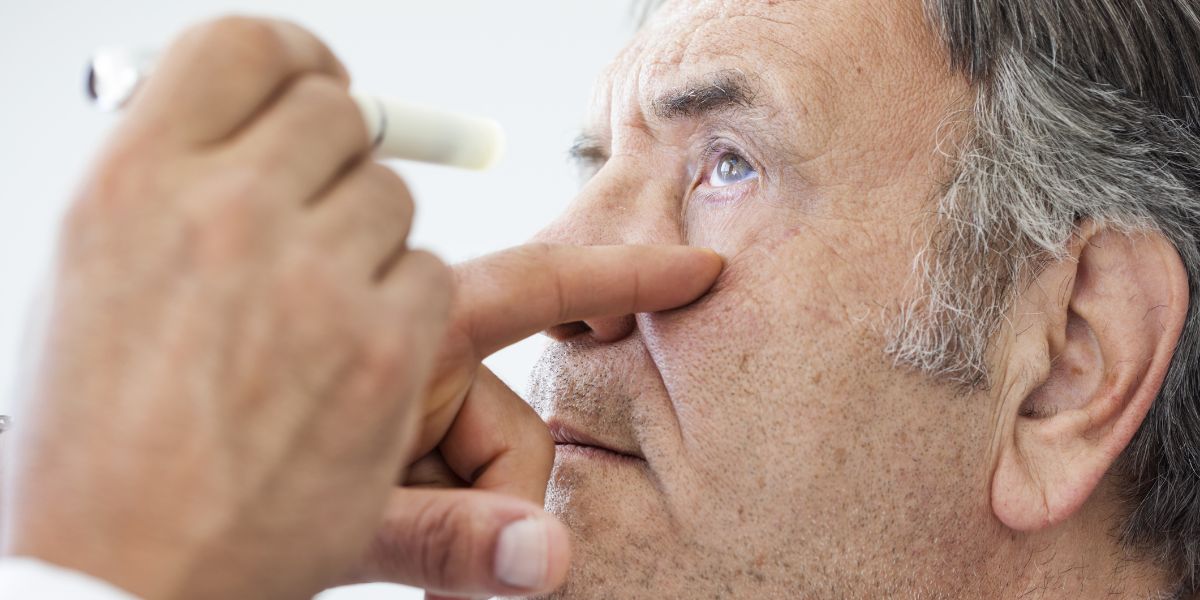Glucagonoma is extremely rare, and occurs when a tumour forms in the islet cells of the pancreas, releasing insulin and glucagon.
This type of tumour is usually cancerous, and also usually spreads and becomes more serious over time. Glucagonoma influences the pancreatic islet cells, causing them to produce too much glucagon.
How is glucagonoma caused?
The causes of glucagonoma are currently unknown.
In most cases it is suspected that genetic factors play a strong role.
Having family members with multiple endocrine neoplasia type 1 (MEN1) is also regarded as being a risk factor
What are the risk factors of glucagonoma?
Risk factors of glucagonoma include the following:
- Extreme thirst
- Diarrhoea
- Need to urinate frequently (including at night)
- Increased appetite
- Inflammation of mouth or tongue
- Rash to skin on face, buttocks, lower limbs that frequently moves
- Crusty or scaly skin
- Raised sores
- Unintentional loss of weight
Testing for glucagonoma
Usually, by the time glucagonoma is diagnosed it has already spread to the liver.
However, testing for glucagonoma may include:
- CT scans
- Fasting glucose level test
- Glucose tolerance test
- Serum glucagon test and more
Treatment for glucagonoma
Usually the tumour will not respond to chemotherapy, and surgery to remove the tumour is the most effective treatment.
Around 60% of glucagonoma tumours are cancerous, and if the surgery is successful patients have a 5-year survival rate of around 85%.









